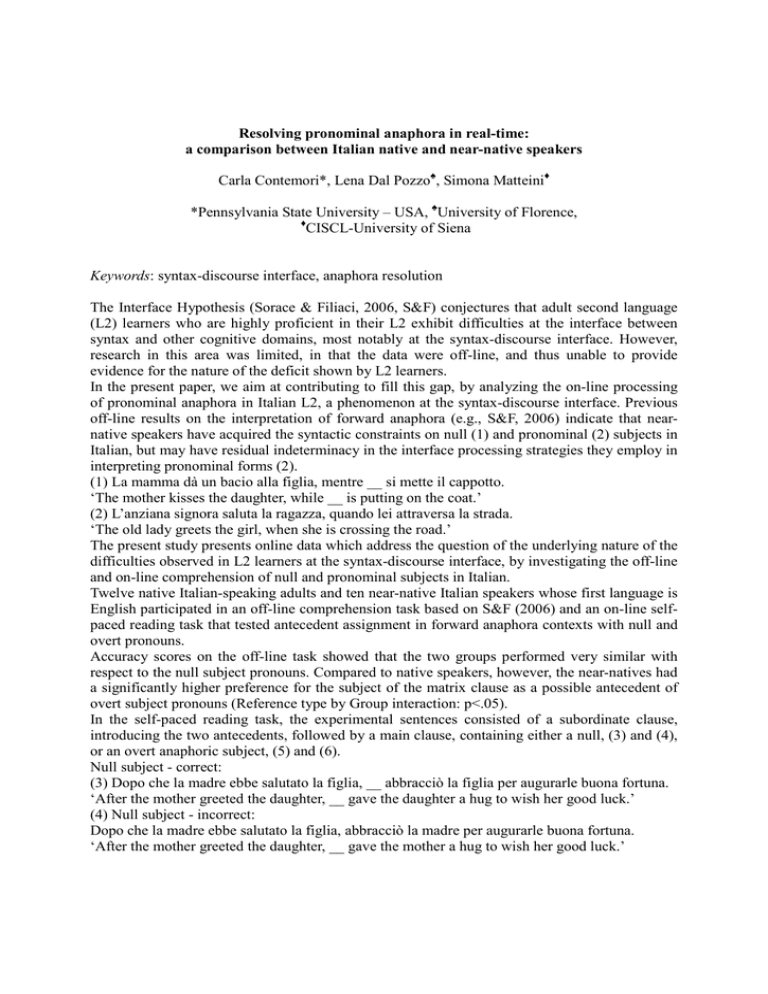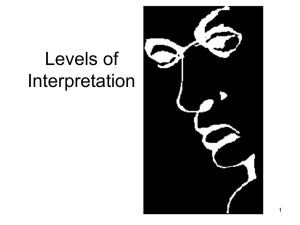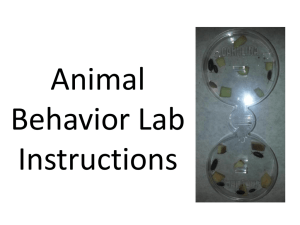Resolving pronominal anaphora in real
advertisement

Resolving pronominal anaphora in real-time: a comparison between Italian native and near-native speakers Carla Contemori*, Lena Dal Pozzo♠, Simona Matteini♦ *Pennsylvania State University – USA, ♠University of Florence, ♦ CISCL-University of Siena Keywords: syntax-discourse interface, anaphora resolution The Interface Hypothesis (Sorace & Filiaci, 2006, S&F) conjectures that adult second language (L2) learners who are highly proficient in their L2 exhibit difficulties at the interface between syntax and other cognitive domains, most notably at the syntax-discourse interface. However, research in this area was limited, in that the data were off-line, and thus unable to provide evidence for the nature of the deficit shown by L2 learners. In the present paper, we aim at contributing to fill this gap, by analyzing the on-line processing of pronominal anaphora in Italian L2, a phenomenon at the syntax-discourse interface. Previous off-line results on the interpretation of forward anaphora (e.g., S&F, 2006) indicate that nearnative speakers have acquired the syntactic constraints on null (1) and pronominal (2) subjects in Italian, but may have residual indeterminacy in the interface processing strategies they employ in interpreting pronominal forms (2). (1) La mamma dà un bacio alla figlia, mentre __ si mette il cappotto. ‘The mother kisses the daughter, while __ is putting on the coat.’ (2) L’anziana signora saluta la ragazza, quando lei attraversa la strada. ‘The old lady greets the girl, when she is crossing the road.’ The present study presents online data which address the question of the underlying nature of the difficulties observed in L2 learners at the syntax-discourse interface, by investigating the off-line and on-line comprehension of null and pronominal subjects in Italian. Twelve native Italian-speaking adults and ten near-native Italian speakers whose first language is English participated in an off-line comprehension task based on S&F (2006) and an on-line selfpaced reading task that tested antecedent assignment in forward anaphora contexts with null and overt pronouns. Accuracy scores on the off-line task showed that the two groups performed very similar with respect to the null subject pronouns. Compared to native speakers, however, the near-natives had a significantly higher preference for the subject of the matrix clause as a possible antecedent of overt subject pronouns (Reference type by Group interaction: p<.05). In the self-paced reading task, the experimental sentences consisted of a subordinate clause, introducing the two antecedents, followed by a main clause, containing either a null, (3) and (4), or an overt anaphoric subject, (5) and (6). Null subject - correct: (3) Dopo che la madre ebbe salutato la figlia, __ abbracciò la figlia per augurarle buona fortuna. ‘After the mother greeted the daughter, __ gave the daughter a hug to wish her good luck.’ (4) Null subject - incorrect: Dopo che la madre ebbe salutato la figlia, abbracciò la madre per augurarle buona fortuna. ‘After the mother greeted the daughter, __ gave the mother a hug to wish her good luck.’ (5) Overt pronoun - correct: Dopo che la madre ebbe salutato la figlia, lei abbracciò la madre per augurarle buona fortuna. ‘After the mother greeted the daughter, she gave the mother a hug to wish her good luck.’ (6) Overt pronoun - incorrect: Dopo che la madre ebbe salutato la figlia, lei abbracciò la figlia per augurarle buona fortuna. ‘After the mother greeted the daughter, she gave the daughter a hug to wish her good luck.’ The antecedent of the anaphoric subject was temporarily ambiguous between the subject (i.e., la madre ‘the mother’) and the object (i.e., la figlia ‘the daughter’) of the previous clause and was disambiguated by a postverbal NP in the subordinate clause, forcing the interpretation of the anaphoric subject towards the subject NP (e.g., la madre ‘the mother’ in (3) and (6)) or the object (e.g., la figlia ‘the daughter’ in (4) and (5)) in the main clause. The results of the self-paced reading task (Fig. 1-2) showed no significant differences between the native speakers and the near-natives, suggesting that the processing of the null-subject and pronominal anaphora is qualitatively very similar in the two groups. Figure 1. Overt pronoun: mean RTs (e.g., figlia / lei / abbracciò / la / figlia / per / augurarle / buona) 1000 900 800 L1-null subj-correct 700 L1-null subj-incorrect 600 L2-null subj-correct 500 L2-null subj-incorrect 400 300 1 2 3 4 (NP) (NP2) (Verb) (Det) 5 6 7 Figure 2. Null pronoun: mean RTs (e.g., figlia / abbracciò / la / figlia / per / augurarle / buona) 1000 900 800 L1-pronoun-correct 700 600 L1-pronounincorrect 500 L2-pronoun-correct 400 300 L2-pronounincorrect The results of the off-line study confirm that a discrepancy emerges between native and near native speakers with respect to antecedent assignment in overt pronoun contexts (2), but not in null pronoun contexts (1) (e.g., S&F, 2006). The on-line results suggest that divergent patterns between L1 and near-native speakers might be attributed to competition for processing resources between languages, rather than specific processing difficulties in the L2. References Sorace, A., & Filiaci, F. (2006). Anaphora resolution in near-native speakers of Italian. Second Language Research, 22(3), 339 -368.










